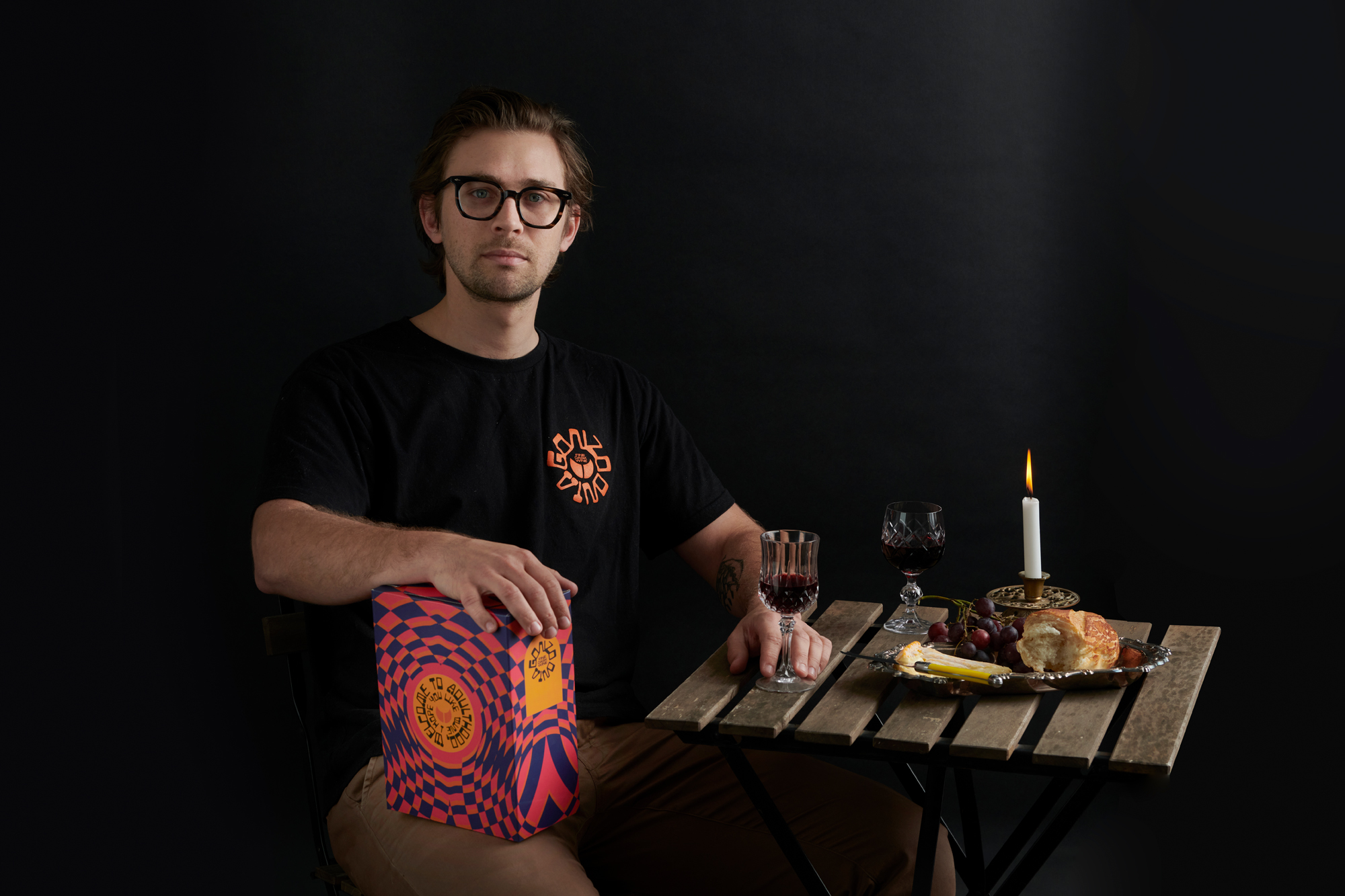New RMIT-led research reveals most Australians think food packaging waste is a bigger environmental issue than food waste – but the opposite is true.
With Australians wasting four times more food than food packaging, experts are calling for a more nuanced approach to help consumers and industry understand packaging’s role in reducing food waste, rather than a simple war on plastic.
The research, supported by the Fight Food Waste Cooperative Research Centre (CRC), surveyed 965 Australian consumers on their perceptions of the role of packaging in reducing food waste.
RMIT project lead Professor Linda Brennan said consumers’ negative perceptions of packaging were due to it being seen as a single-use waste product that needed to be disposed of once the food had been consumed.
“A lot of people don’t realise packaging can play an important role in preventing food waste,” said Brennan, from RMIT’s School of Media and Communications.
“Packaging designed with food waste reduction in mind can keep food fresher for longer and provide protection from damage.”
A final report consolidating the team’s five-year research included alternative packaging designs to save food.
Suggestions included better date labelling, divided portions for bulk foods, resealable packaging and clearer communications on how to best avoid bacterial contamination.
While single-waste plastic was bad for the environment, co-author and RMIT Associate Professor Lukas Parker said some foods, such as meat, had almost no suitable packaging alternatives that were as effective and practical at present.
“Unfortunately, packaging may be unavoidable if we want to reduce food waste, so it’s all about balancing how much plastic is used to save food from waste,” he said.
“If we forgo the plastic packaging on some items like steak, it can lead to waste because it will impact the steak’s shelf life.”
Parker said there was also a misconception that composted food did not count as food waste.
“While composting food is better than throwing it in landfill, it may unintentionally lead to the misperception that it’s OK to waste food if it’s being reused for gardening purposes,” said Parker.
“But a lot of energy and resources are needed to grow, process, transport and package the food. So, when food goes uneaten and is rotting in compost, that energy is wasted.”
Better packaging and clearer instructions are key
While over 60% of global food waste came from households, the researchers said consumers should not shoulder all the blame for the issue.
Their research identified most Australian household food waste was the result of unsuitable packaging sizes, poor purchasing habits, date label confusion, poor food storage knowledge and behaviours.
Brennan said many of these factors could be improved if packaging was designed better with clearer instructions on how best to portion out food or store food for longevity.
Bulk-buying practices are also a contributor to food waste, especially in low-income households trying to save money.
“Bulk-food options tend to have portion sizes that are too big for the household’s needs,” said Parker.
“It leads to more food waste because people get bored of eating the same food every day, and if it has insufficient instructions on storage or resealing, it will lead to food going off faster.”
Food waste needs policy to create change
While the team’s recommendations for alternative food packaging would help reduce food waste, Brennan acknowledged it was expensive for industry to adopt as new machinery, processes and materials would be needed to implement.
She said the government needed to create public policy to help industry waste less and design packaging to save food, rather than rely on consumer-education campaigns.
“Policy interventions are necessary where there is a clash between consumer desires, industry profit-seeking and societal and environmental wellbeing,” she said.
“Even policy guidelines around suitable portion sizes for households, or banning non-resealable packaging on perishable foods, could begin to help make change.”
Next steps
The team will start a new project funded by the Fight Food Waste CRC to review and overhaul date labelling and storage instructions on food packaging.
Parker said current ‘best before’ dates on packaging were a measure of quality, not a measure of safety, which can lead to consumers disposing of foods that were still safe to eat despite the date having passed.
The team hope to advise on a national approach to improve date labelling conventions to help consumers avoid confusion.
Funding partners for the new project include Sustainability Victoria, NSW Environment Protection Authority (EPA), Green Industry SA and the Department of Environment and Science in Queensland.
“Consumer Perceptions of Food Packaging in Its Role in Fighting Food Waste” is published in Sustainability (DOI: https://doi.org/10.3390/su15031917).
This research was led by RMIT University in collaboration with Fight Food Waste CRC and Monash University.
Linda Brennan, Caroline Francis, Eva L. Jenkins, Bruno Schivinski, Michaela Jackson, Eloise Florence, Lukas Parker, Sophie Langley, Simon Lockrey, Karli Verghese, Nhat Tram Phan-Le, Allister Hill and Maddison Ryder are co-authors.
For more information, please contact: news@rmit.edu.au



